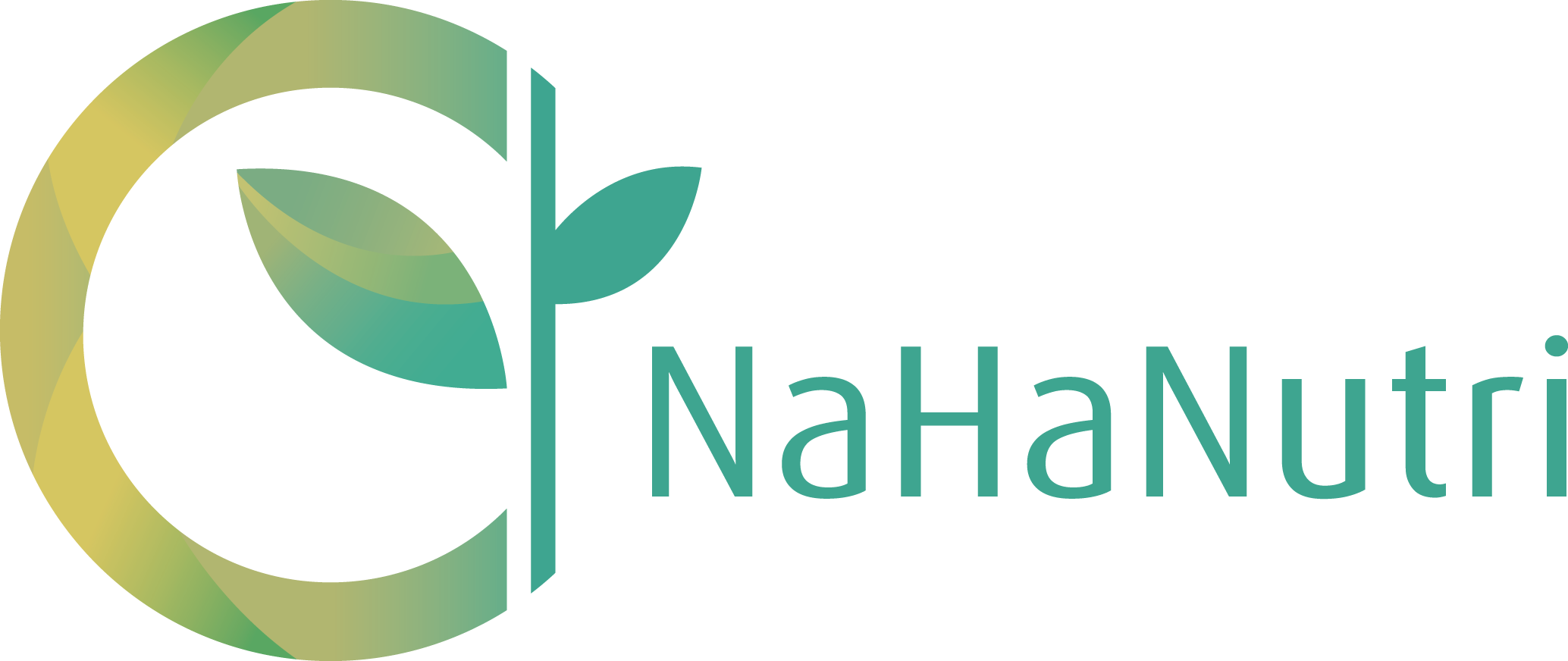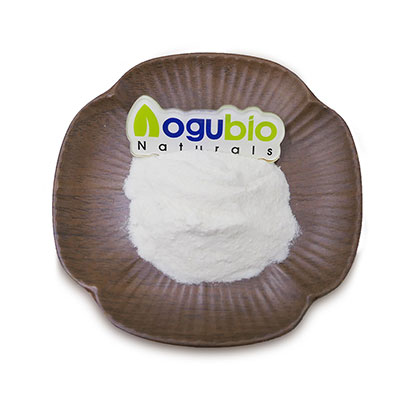Gum Arabic: Everything You Need to Know
Gum Arabic, also known as Gum Acacia, is a tree gum exudate that has been an important commercial ingredient since ancient times. The Egyptians used it for embalming mummies, and for making paints for hieroglyphic inscriptions. However, in recent years, a renewed interest in Gum Arabic has occurred, as more articles are published concerning its structure, properties, and novel applications in food and pharmaceuticals.
Gum Arabic is a tree exudate that is obtained mainly from the Acacia Senegal or Acacia Seyal species. The trees grow widely across the Sahelian belt of Africa, a region of Africa is a 3,860-kilometre arc-like land mass immediately south of the Sahara Desert that stretches east-west from Senegal in the west to Somalia in the east.
Gum Arabic is the resin that oozes from the stems and branches of trees. Production of Gum Arabic or Gum Acacia is stimulated by `tapping,’ which involves removing sections of the bark, taking care not to damage the tree. The sticky, gummy substance dries on the branches to form hard nodules which are picked by hand and are sorted according to color and size.
Health Benefits of Gum Arabic or Gum Acacia
While Gum arabic has been investigated extensively for its properties as a hydrocolloid with several food applications, it has also been the subject of more recent investigation for its ability to improve human health.
Because Gum Arabic can reach the large intestine and resist digestion in the small intestine, it can be categorized as a non-digestible carbohydrate or dietary fiber. Gum Arabic can also be categorized as a prebiotic.
In the large intestine, gum Arabic is fermented by bacteria that produce short-chain fatty acids (SCFA), particularly propionic acid, as by-products of fermentation that are associated with significant improvements to human health.
Bifidogenic: Fermentation of Gum Arabic has shown to selectively increase the proportions of lactic acid-producing bacteria and bifidobacteria in study subjects. It also augments the water content of stools and increases stool output. Further, evidence suggests that gum arabic acts as a prebiotic as doses of 10g/day, and can be consumed with at even higher daily doses without any adverse gastrointestinal issues .
Gum Arabic is known to feed several different strains of indigenous bifidobacterium including B. longum, and showed that it could increase Bifidobacterium animalis subsp. lactis significantly better than both inulin and glucose .
Prebiotic: Gum Arabic can selectively raise the proportions of lactic acid bacteria and bifidobacteria in healthy subjects. It is fermented slowly, with digestibility around 95%. Gum Arabic also increases stool output by augmenting the water content of stools.
It is well tolerated at high daily doses and has shown that it can be consumed without any adverse intestinal events. Evidence demonstrates that acacia gum acts as a prebiotic at a dose of 10 g/day .
SCFAs: Other investigations have shown that bacterial fermentation with Gum Arabic produced more SCFAs such as butyrate and propionate in vitro and in vivo than other well-known prebiotics such as pectin, inulin, and alginate. This is unequivocal evidence that gum arabic is a non-digestible, prebiotic polysaccharide .
Anti-Diabetic: Other studies found that microbial SCFA production (and viscosity) was significantly increased after the addition of gum arabic to foods, and further suggested that it also reduced postprandial glycemic response having a homeostatic effect on diabetes via increased acetic acid production . Therefore, the simple addition of gum arabic improved foods metabolically for human use.
Treatment with Gum Arabic increased urinary Ca2+ excretion and decreased plasma phosphate concentration, plasma urea concentration, urinary flow rate, natriuresis, phosphaturia, glycosuria, proteinuria, as well as blood pressure (BP) in diabetic mice . These results suggest that the effect of gum arabic on intestinal glucose transport may be useful in the prophylaxis and treatment of metabolic disorders such as obesity and diabetes .
Nephroprotective: Gum Arabic increases creatinine clearance, enhances renal excretion of antidiuretic hormones, decreases plasma phosphate concentration, enhances renal secretion of antidiuretic hormone , and is used as a treatment for chronic and end-stage renal disease in Middle Eastern countries
The effects of Gum Arabic on plasma phosphate concentration, blood pressure, and proteinuria may prove beneficial in chronic renal failure (CRF) and diabetic nephropathy. Gum arabic moderately reduces histological and biochemical markers after acute gentamycin nephrotoxicity.
Gum Arabic may also serve as a treatment for a renal disease as well due to its ability to trap bile salts in conjunction with its relatively high effect on butyrate production which has shown to suppress the production of TGF-beta1 cytokines .
Anti-carcinogenic: Angiogenins are angiogenetic factors upregulated by tumor cells, and are involved in the vascularization and growth of tumors. Angiogenins are upregulated in cancer cells by numerous tissues that include colon, stomach, liver, pancreas, uterus, breast, ovary, prostate, bladder, kidney, and brain.
Angiogenins are also found up-regulated in leukemia, osteosarcoma, lymphoma, melanoma, and Wilms tumor. According to this study, Gum arabic produced a “profound inhibitory effect on angiogenin suppression . “
Anti-Obesigenic: Gum Arabic significantly reduced the BMI and body fat percentage in a two-arm randomized, placebo-controlled, double-blind trial of healthy adult females. Authors of the study suggest that Gum Arabic should be investigated further as a treatment for obesity. However, it was noted that common side effects included preliminary bloating and diarrhea .
Lower Cholesterol: In other studies, Gum Arabic + apple fiber were found to lead to a significant reduction of total serum cholesterol concentration, especially the LDL fractions in men with high cholesterol.
Ulcerative Colitis: Gum arabic may serve as a treatment for ulcerative colitis due to its ability to increase the SCFAs butyrate production and its trophic effects on the gut membrane, as well as its ability to reduce the duration and incidence of diarrhea .
Common Food Applications of Gum Arabic
Here’s a fun fact: When the US imposed sanctions on Sudan over the government’s actions in Darfur in 2000, it stopped all imports except one: Gum arabic [22]. The government feared that stopping the imports on gum arabic would have too severe an impact on the US food industry. Gum Arabic is one of the most ubiquitous ingredients in consumer products— ranging from Coca-Cola to shoe polish, to pharmaceuticals and confectionaries.
Confectionary Applications: The primary application of gum arabic is in the confectionery industry, used in a variety of products including gums, pastilles, marshmallows, and toffees. Traditional wine gums also incorporated gum arabic at high concentrations and added wine for flavor.
Beverages: Gum arabic is stable in acid conditions. For this reason, gum arabic is often used as an emulsifier in the production of concentrated flavor oils, such as those found in soft drinks. Gum Arabic inhibits the coalescence of oil droplets, keeping emulsions stable for up to a year.
Dietary Fiber Fortification: In regulatory terms, dietary fiber refers to carbohydrate polymers which are neither digested nor absorbed in the small intestine, with polymerization of above three. In other words, monosaccharides and disaccharides are inherently excluded from meeting requirements of the definition. Gum arabic meets the requirements from a scientific point of view and has shown beneficial physiological effects. Utilizing gum arabic in place of other ingredients in commercial recipes can help decrease net carbs in products and improve nutritional value.
XI’AN AOGU BIOTECH CO.,LTD is devoted into the research and innovation in natural nutritional supplements ingredients. Our own factory and lab with the strict quality control system to ensure quality stability and real price of Gum arabic . At the same time, we have our own source for the raw material to make sure the production ability.


